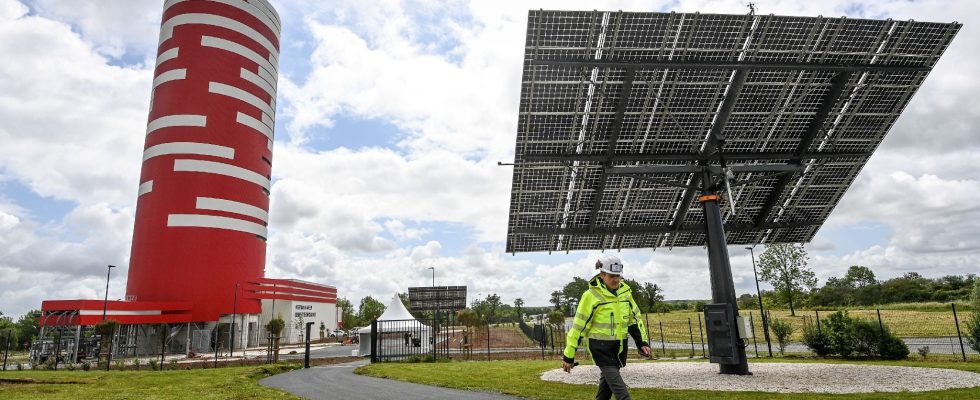If it wants to revive a significant industrial fabric on its territory, France will have to slip into the shoes of a marathon runner. Despite results on the employment front and factory openings, the share of industry in the gross domestic product (GDP) has barely recovered, and the trade balance is suffering. According to Olivier Lluansi, one of the experts in the sector, the country nevertheless has a host of levers to increase manufacturing production from around 10% of its GDP to 12%, even 13% in 2035.
An objective that the rapporteur of a mission on the future of industrial policies in France, who delivered some conclusions as part of the Global Industrie exhibition, considers more realistic than that of 15%, often put forward. At such a short time, it seems difficult to achieve due to the colossal needs required in electricity and manpower. “According to France Stratégie’s models, such a scenario would involve resorting to immigration or a massive shift from service jobs to industry,” illustrates Olivier Lluansi.
A deep reflection
But with a share of industry at 12%, France could cure a good part of its trade deficit… On condition of investing an additional 200 billion euros by 2035. Nothing insurmountable by reducing part of the approximately 6,000 billion euros of French savings towards industry and by directing demand towards “made in France”, assures the expert, for whom “public procurement is a powerful tool of sovereignty”. It has an order potential of 15 billion euros, figures the partner within the PwC Strategy& firm.
It remains to engage in deeper reflection: “We cannot stack a demanding social model, increasing environmental standards, energy that has become expensive and very open international trade,” he warns. And to plead in favor of the activation of measures around the circularity of materials, which he considers more effective than a carbon tax at the borders of Europe. The initiative could result in extended dismantling, warranty and take-back obligations depending on the product category. Taken together, these levers could help create 500,000 direct jobs in the industry and one million by combining indirect jobs by 2035. Progress after the 2.5 million jobs lost in the industry since the 1970s.
